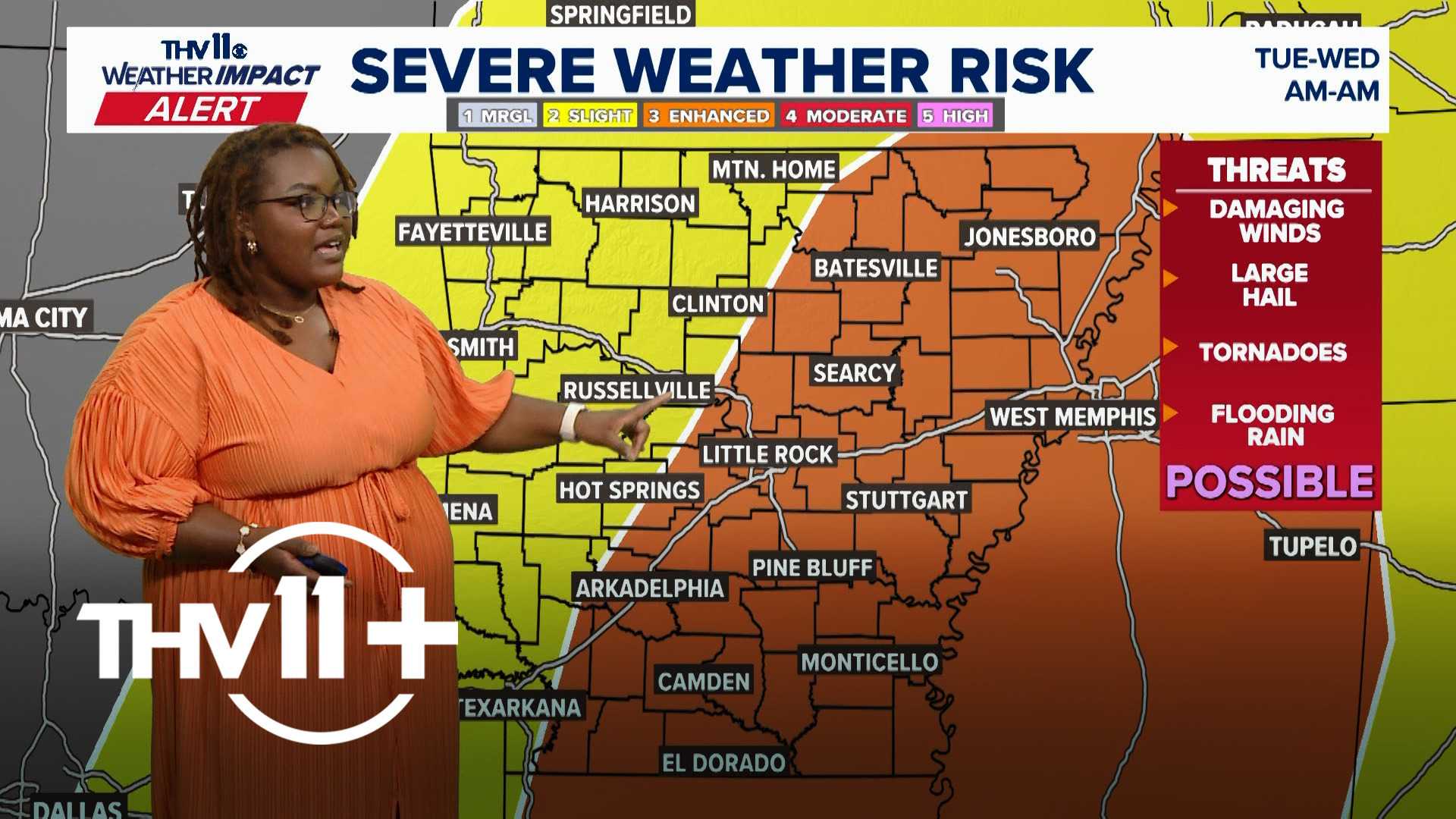News
Dallas Weather Report: Unpredictable Conditions Expected Today

DALLAS, Texas — As the weather in Dallas shifts, residents are advised to prepare for unpredictable conditions throughout the day on March 4, 2025. The forecast indicates temperatures reaching a high of 23 degrees Celsius (73 degrees Fahrenheit) and dropping to a low of 8 degrees Celsius (46 degrees Fahrenheit). Rainfall is likely, with an 86% chance of precipitation during the day and just a 1% chance during the night.
Cloud cover is projected to be significant, with 73% expected during the day compared to 3% at night. Winds will also be strong, reaching speeds of up to 74 kilometers per hour (46 miles per hour) during the day and 67 kilometers per hour (42 miles per hour) in the evening. Sun protection is crucial as the ultraviolet (UV) index is anticipated to reach a moderate level of 4.
Dallas, located in the northwestern part of Texas, is categorized primarily as having a humid subtropical climate. This means that the area experiences cold to mild winters and hot, humid summers with well-distributed rainfall throughout the year. Historically, July and August are the warmest months, often exceeding 40 degrees Celsius (104 degrees Fahrenheit), while January and December represent the coldest months, with temperatures near freezing.
The peak month for rainfall in Dallas is usually May. As a large country, the United States offers a diverse range of climates, which vary significantly from east to west. The eastern part of the country predominantly experiences two main climates: humid subtropical and humid continental. New England is characterized by humid continental climates that bring consistent rainfall throughout the year, leading to summer thunderstorms and winter snow.
In contrast, the southeastern U.S. tends to see warmer, humid subtropical weather, while the western region experiences three significant climate types: semi-arid, arid, and Mediterranean. The semi-arid climate spans much of the western central U.S. and is marked by scant precipitation and cool temperatures.
As California along the coast enjoys a Mediterranean climate, locals in the southwest confront arid conditions that include extremes—chilly winters and scorching summers. Although these types of climates have become more pronounced with climate change, they remain critical for understanding local weather variability.
The importance of understanding weather patterns has never been more crucial, as unexpected changes can result in severe weather phenomena, including flash floods.
Experts encourage residents to stay informed about local weather conditions before heading out to avoid being caught off guard. For additional support, many meteorological resources and apps are readily available to provide real-time updates on shifting weather forecasts.












